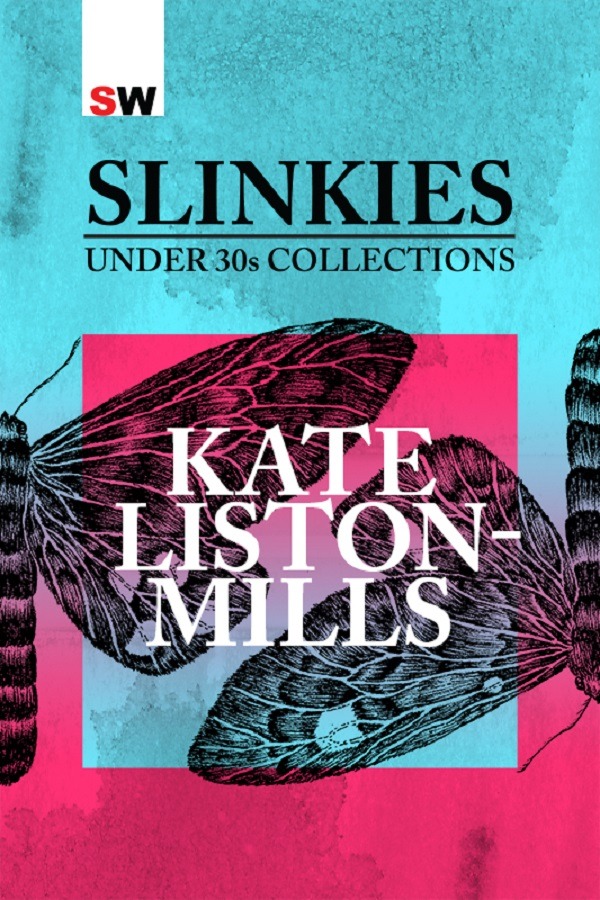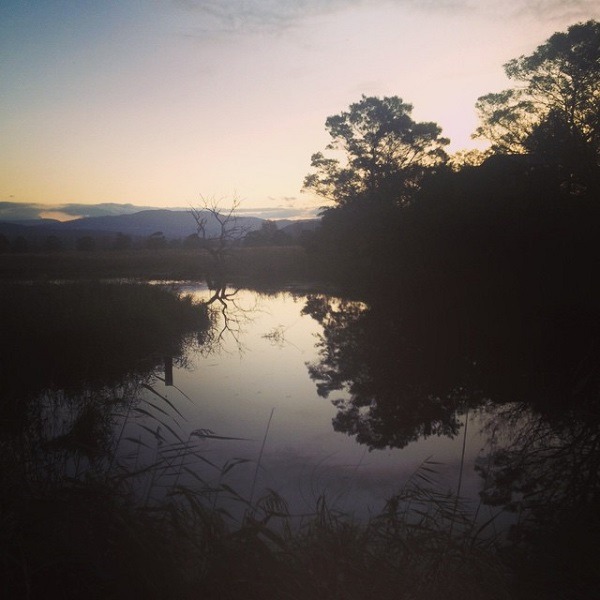There’s something comforting about reading stories set in Australia; they’re honest and warm, and you can see yourself in them. The Waterfowl are Drunk! is a series of stories set in the south coast town of Pambula where author Kate Liston-Mills grew up. It’s the writer’s modern-Australian voice, and familiarity with place and people that pulls the reader in and makes the fictional tales feel real.
The Waterfowl are Drunk! is a Slinkies collection published by Spineless Wonders to promote new works by writers under thirty. It is made up of seven short stories set in Pambula, starting with Hazel and Ed circa World War I, and tracing their family through three generations to the present day.
Liston-Mills begins with the animals in the wetlands around Pambula and a tale about parenthood and sharp death amidst a thriving community, setting up themes and metaphors that carry through the rest of the stories.

Exploring disability
One of the main themes of the whole collection is about disability, with Bundy’s gangrene leg, little Archer’s unnamed mental disability, and Lottie’s Down syndrome. Lottie is really the star of The Waterfowl are Drunk!, bringing light to the stories with her great love of Johnny Cash and a cup of tea.
We follow Lottie from a baby, when her parents are told she has Down syndrome, to a young woman dealing with the death of her father and a family that try to protect her from the rest of the world. What Liston-Mills does perfectly is explore themes of disability and family from multiple perspectives, both candidly and more delicately in quietly poignant scenes.
Lottie’s sooking, bottom lip pursed outwards, tears shiny on her face, her bonnet threatening to fly off in the nor’easter. Her little hand darts out and hits Hazel on the face as they walk. More than the hits in the face, Hazel hates the stares of people in the street…”
As the stories move forward through time to 2001, we’re introduced to an unlikeable teenager called Georgia who struggles to assert her own identity amidst a family she finds old-fashioned and embarrassing. Georgia’s thoughts about her aging grandmother and her aunt Lottie are brutally honest, and difficult to read at times.
But the teen’s perspective is a common one that many people in our society share when confronted with the aged or disabled, and it’s refreshing that Liston-Mills has chosen to address this kind of familial discrimination with honesty and realism. Georgia becomes a foil character to Lottie, the two young women’s values and lives existing in almost direct opposition to each other.

Dealing with death
Another major theme is that of death, from the humorous scenarios in ‘Dick’s Dead’, to flat-out denial in ‘The Waterfowl are Drunk!’, and fraught father-son relationships in ‘Without Floaties’. Liston-Mills continually draws attention to the fact that peoples’ experiences are unique, that people deal with difficult situations, such as death and disability, in different ways.
One moving scene about death comes from the penultimate story, ‘Without Floaties’, which mirrors the first tale, ‘Bound’, in regards to tight-knit Australian communities and the loss of loved ones. Familiar imagery of funeral processions and hearses are juxtaposed with hope:
Up near the coffin and hole is a girl about Michael’s age who isn’t in blacks like everyone else. She’s wearing fluorescent orange board shorts and a pink singlet. Her hair is crazy, like blackberry bush crazy, with different coloured streaks through it…”
The final story in The Waterfowl are Drunk! sees Georgia grown into a twenty-seven year old, haunted by the things she’s said and done, haunted by the ghosts of her past, while her husband plays Johnny Cash (Lottie’s favourite) in the next room. This last piece is confessional and is, as Liston-Mills does best, utterly honest and heart-breaking.

Liston-Mills writing style
What is apparent from the beginning of The Waterfowl are Drunk! is that the narrative voice is simultaneously rich in imagery and beautiful lines while also being unforgiving in telling the truth, telling it the way it is.
Liston-Mills has a voice that is both down-to-earth and full of larrikin humour, drawing the characters out of the story and into the narration with free indirect discourse and Australian vernacular. But this is interposed with technically striking images and metaphors that ring in the reader’s mind from story to story.
When she stirs her boiling fruit for jam, cradling her melon-belly, she thinks about all the children her and Ed will have and how they will never have to see war. Never feel the crook chill that comes off the seas, like icebox air, freezing the beautest of days…”
While The Waterfowl are Drunk! can be seen as an easy weekend read, a nice escape to small-town Australia, there’s plenty of poetry to give poise to the robust language and difficult themes. Liston-Mills balances literary technique with story and character in a way that is appealing to a wide audience, crafting a collection that stirs nostalgia with its authenticity and Australiana beauty.
***
Purchase The Waterfowl are Drunk! for $4.99 from Spineless Wonders, and stay tuned for our exclusive interview with the author, Kate Liston-Mills.